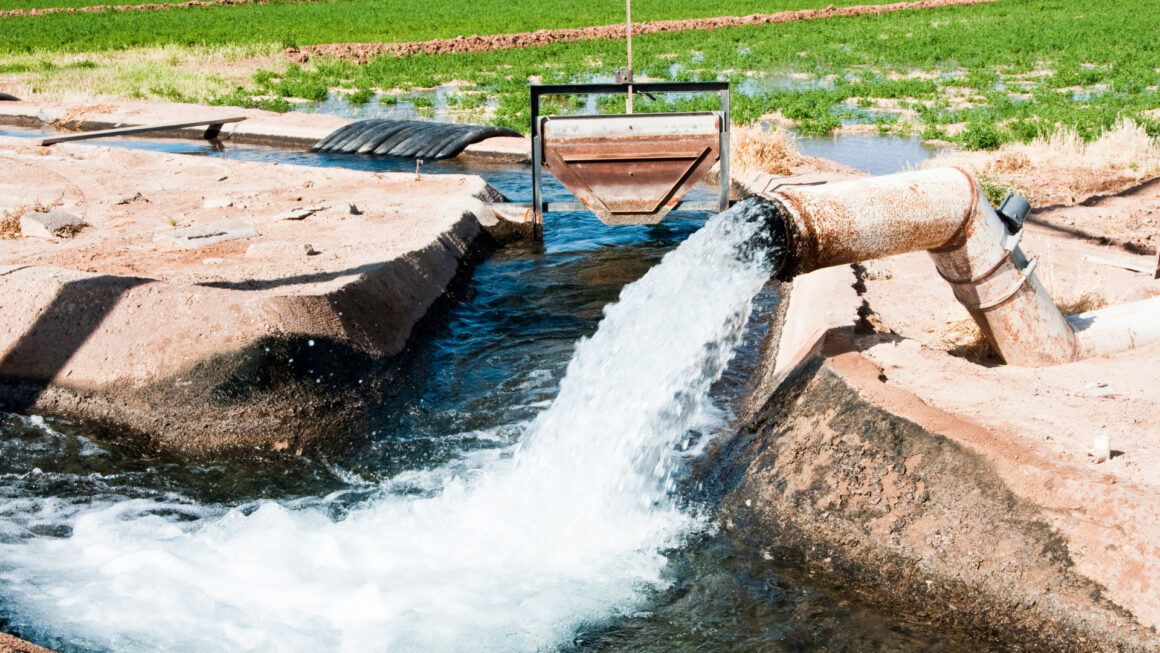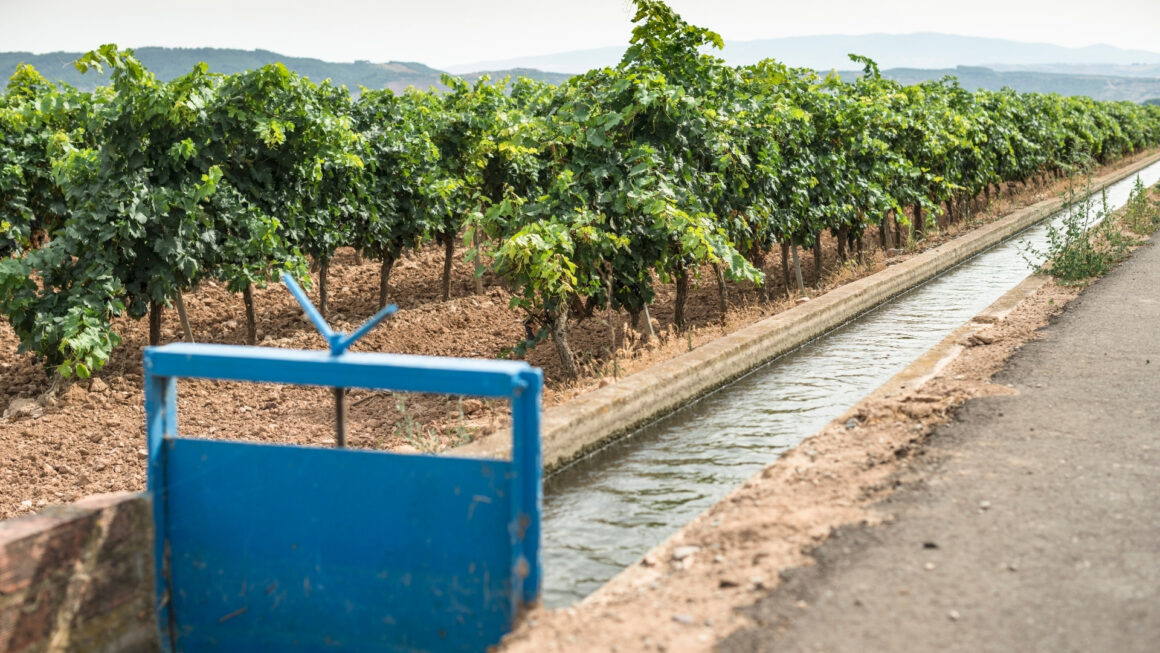In the Omo Valley of Ethiopia, where agriculture plays a vital role in livelihoods, implementing efficient irrigation systems can significantly improve crop productivity and water management. Here are some types of irrigation systems that could be applied in the region:
Drip Irrigation: Drip irrigation delivers water directly to the plant roots through a network of tubes or pipes with emitters. This system reduces water wastage by minimizing evaporation and runoff, making it ideal for areas with limited water availability like the Omo Valley.
Sprinkler Irrigation: Sprinkler irrigation uses overhead sprinklers to distribute water over the crop fields, simulating rainfall. This method is suitable for both row and field crops and can cover large areas efficiently. However, it requires adequate water pressure and may be less water-efficient compared to drip irrigation.
Flood or Furrow Irrigation: Flood or furrow irrigation involves flooding the fields or creating furrows between rows to allow water to flow and soak into the soil. While relatively simple and low-cost, this method can result in water wastage and soil erosion if not managed properly.
Subsurface Irrigation: Subsurface irrigation delivers water directly to the root zone of plants through buried pipes or tubes. This system reduces water loss due to evaporation and surface runoff and minimizes weed growth. It is particularly useful in areas with high evaporation rates and water scarcity.
Center Pivot Irrigation: Center pivot irrigation consists of rotating sprinklers mounted on a pivot structure, which moves in a circular pattern around a central point. This system is commonly used for large-scale farming and can cover extensive areas with minimal labor requirements. However, it requires a reliable water source and proper maintenance.
Manual Irrigation Methods: In areas where mechanized irrigation systems are not feasible, manual irrigation methods such as bucket irrigation or watering cans can be employed. While labor-intensive, these methods allow for precise water application and can be suitable for small-scale farming operations.
Gravity Irrigation: Gravity irrigation utilizes the natural slope of the land to convey water from a water source to the fields through open channels or ditches. This method is simple and low-cost but requires careful land leveling and maintenance to ensure uniform water distribution.
The selection of irrigation systems for the Omo Valley should consider factors such as water availability, crop type, soil characteristics, topography, and economic feasibility. Combining different irrigation methods and technologies tailored to local conditions can maximize water efficiency and agricultural productivity in the region.
Discover more from Omo Valley Clean Potable Water Initiatives
Subscribe to get the latest posts sent to your email.




























